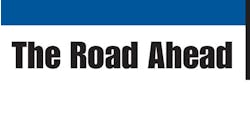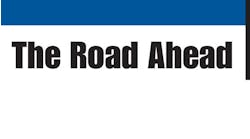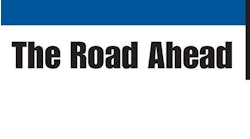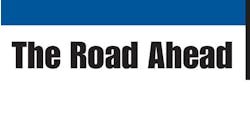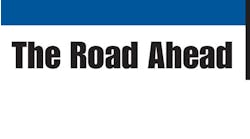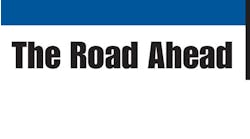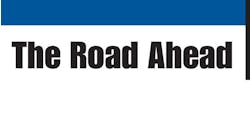Help your customers meet the new cargo control regulations," Kelly Haggard of S-Line, Dallas, Texas, told body builders and distributors attending the NTEA educational session on tiedown equipment.
Among the new rules is the Canadian Motor Vehicle Safety Standard 905 covering load securement devices that came into effect on September 1, 1999, and the new Commercial Vehicle Safety Alliance (CVSA) recommended standard specification for load securement. The CVSA recommended standard for flatbeds has been adopted, but the CVSA recommended standard for interior van securement is still in the final draft stage.
The US Department of Transportation Motor Carrier Safety Regulations (49 CFR, Part 393, paragraph 393.102 B) requires that the aggregate working load limit (WWL) of the tiedown assemblies used to secure an article against movement in any direction must be at least half the weight of the article. The WWL is one-third of the ultimate breaking strength of the web strap, winch, or other tiedown device.
Web straps are required to be marked with the WWL and the name or trademark of the manufacturer, Haggard said. For straps not marked, assume 1,000-lb WWL for each inch of strap width.
Single articles weighing over 2,000 lb require a minimum of two tiedown straps and at least one tiedown every eight feet, as specified in the new CVSA cargo securement guidelines for flatbeds.
The CVSA guidelines also specify the out-of-service criteria that would make a tiedown unusable. A 3/4-inch tear in a 4" strap or a 3/8" tear in a 2" strap would put it out of service, Haggard said. Bent bars of load locks or lock bars would put them out of service, as would bent or broken end fittings on shoring beams. Cracks in winches or other hardware mean that they need to be replaced.
Haggard advised body builders and distributors to add cargo control to their equipment package. Make slider track and winches standard accessories on flatbed bodies, she advised. Make logistic track and recessed D-rings standard accessories on van bodies. Stock cargo control equipment on the shelf.
Above all, know what your customer is hauling, Haggard said. That is the only way that intelligent advice can be offered, for the protection of the customer, the truck operator, and the general public.
